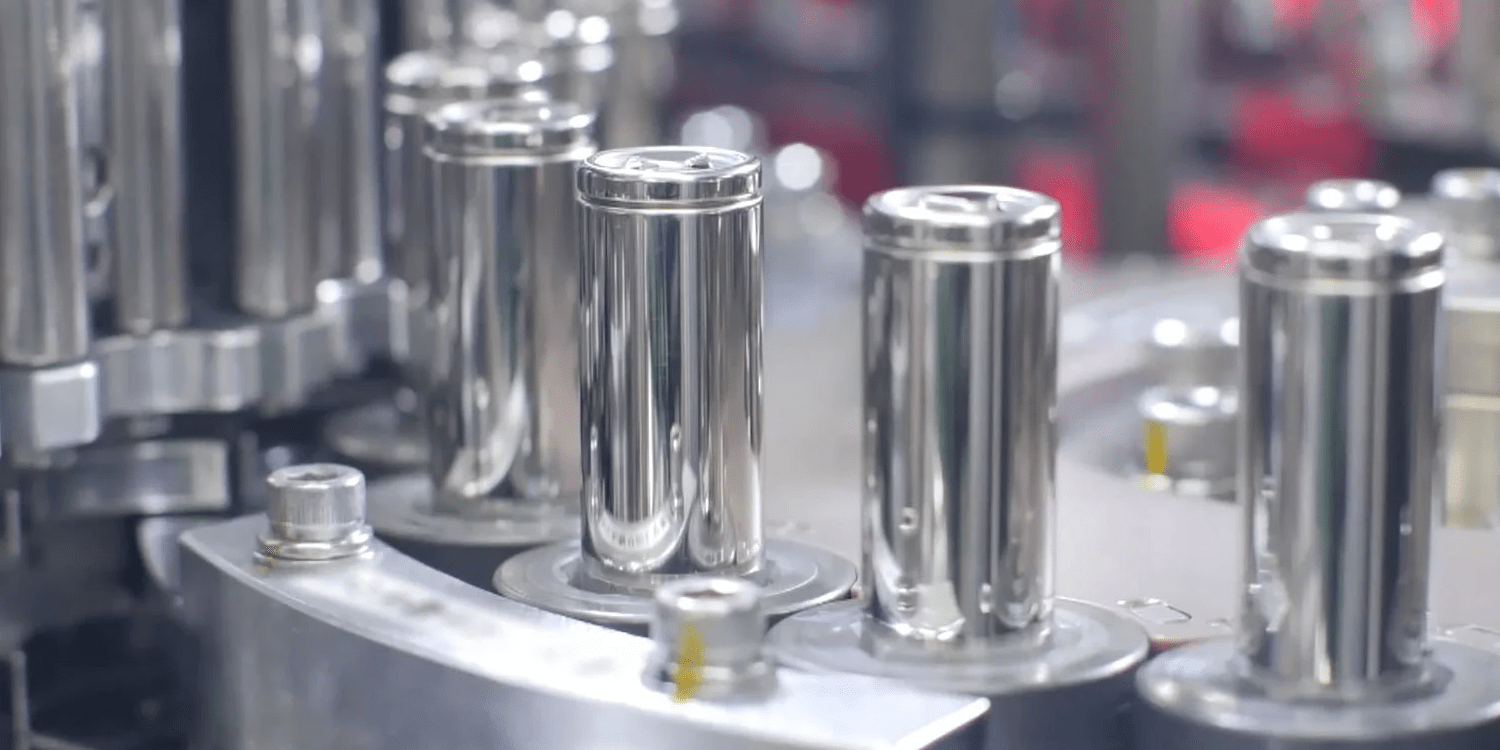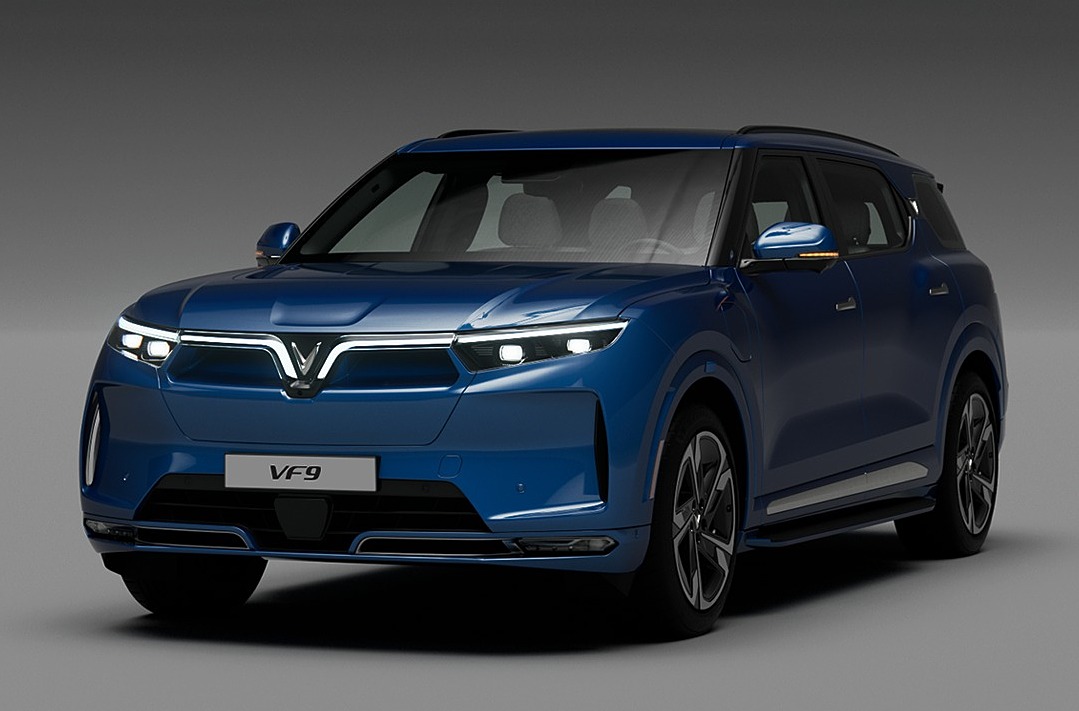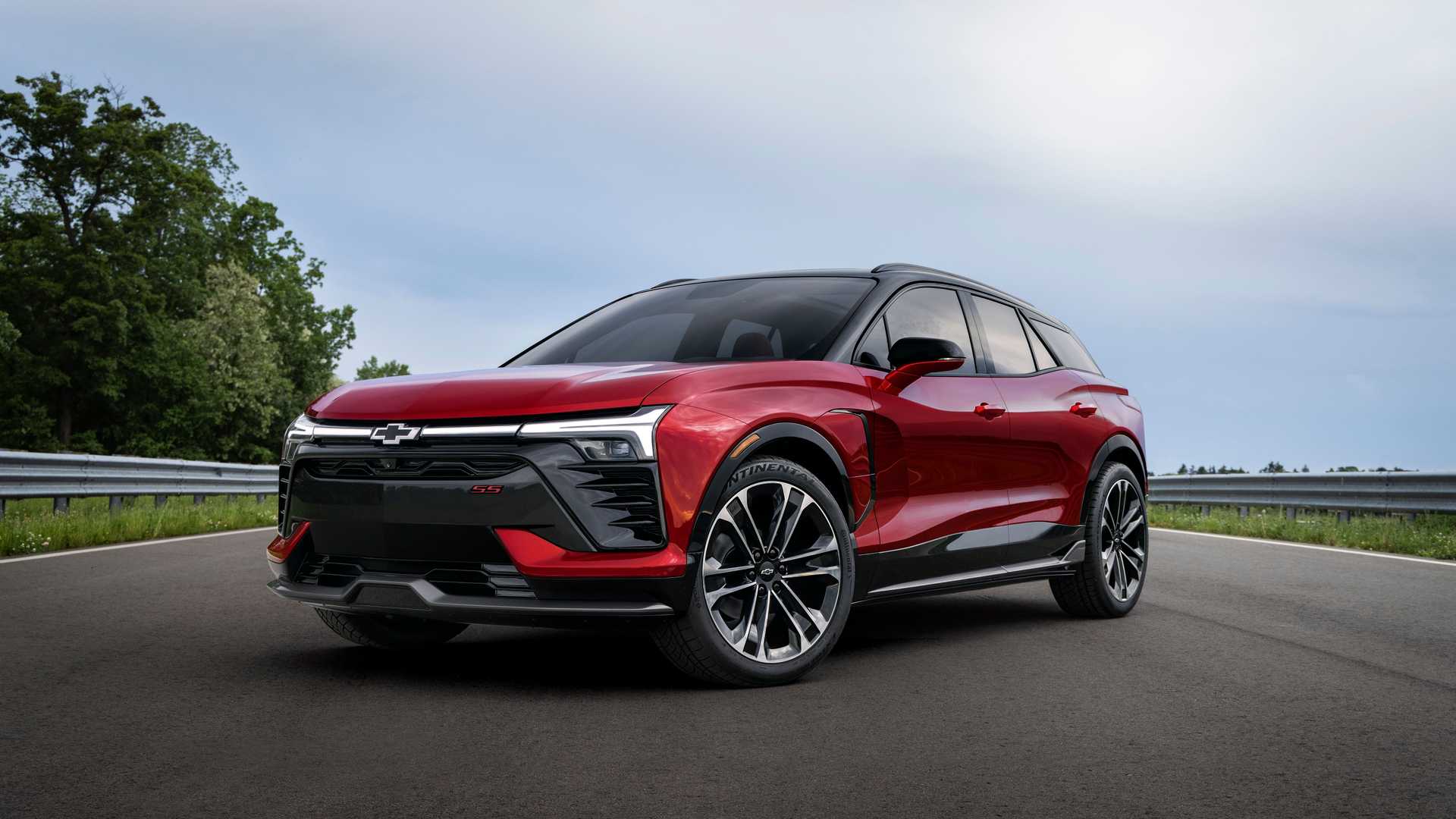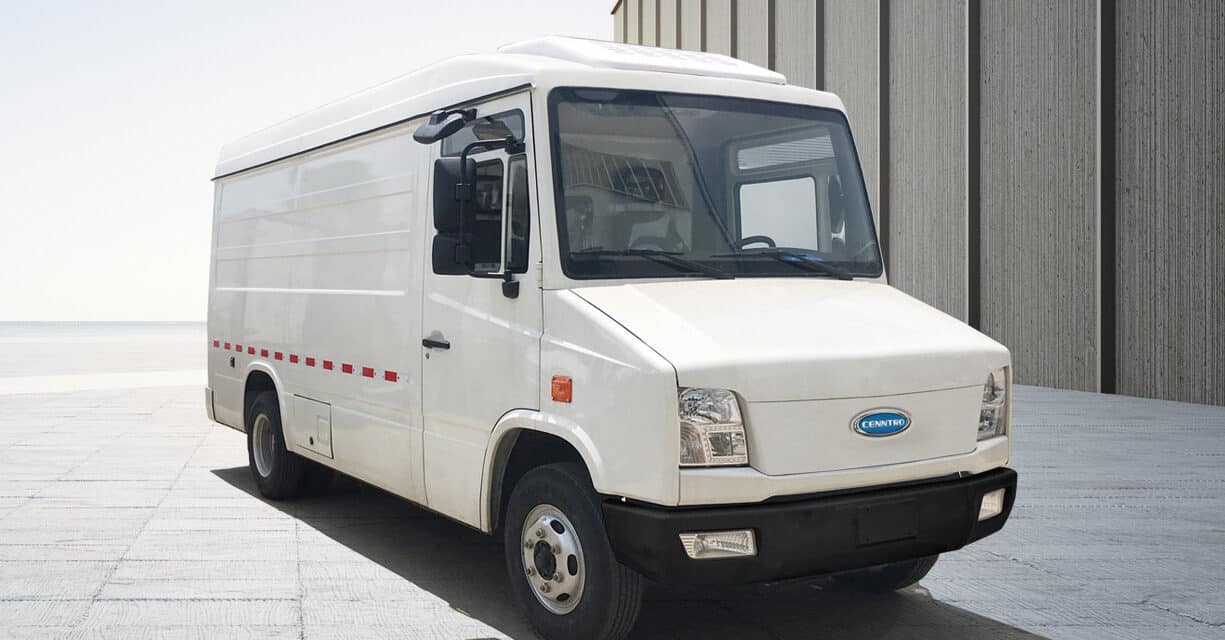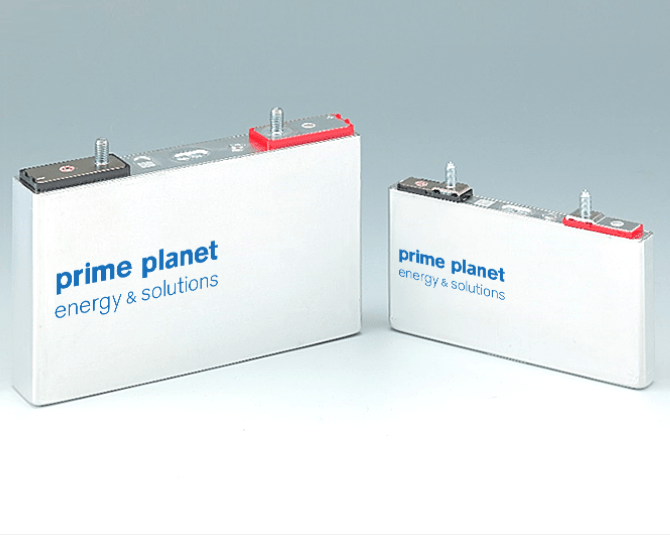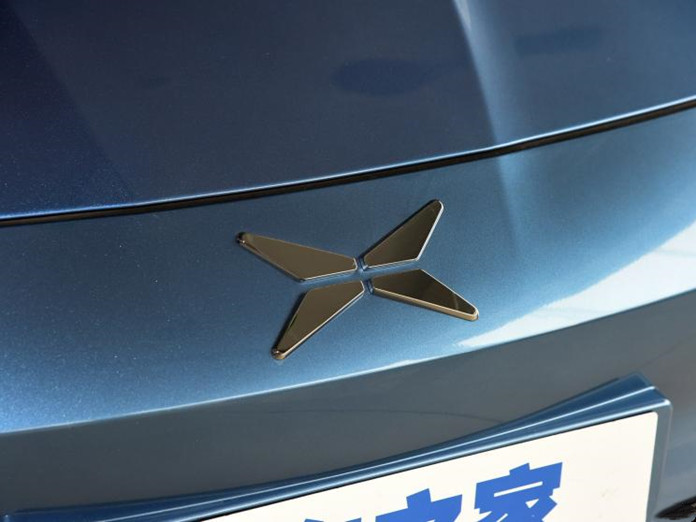US and European startups are racing to develop new batteries using two materials that are both abundant and cheap, namely sodium and sulfur, so as to reduce the dominance of Chinese batteries.
Quoted from Reuters, Tuesday (15/11/2022) electric vehicle (EV) manufacturers are still using lithium ion batteries, most of which are made from high-quality lithium, cobalt, manganese and nickel at high prices.
future electric vehicles expected to arrive after 2025 could switch to sodium or lithium sulfur ion battery cells which can be up to two-thirds cheaper than current lithium ion cells.
However, their promise hinges on potential breakthroughs in electrochemistry by startups such as Berlin-based Theion and UK-based Faradion, as well as Lyten in the United States.
Meanwhile, newer battery chemistry has issues to address. Sodium ion batteries don’t store enough energy yet, whereas sulfur cells tend to corrode quickly and don’t last very long.
However, more than a dozen start-ups have attracted multi-million dollar investments, as well as government grants, to develop new types of batteries.
For now, China dominates electric vehicle battery production, including raw material mining and refining.
Benchmark Mineral Intelligence, a UK-based consultancy, estimates China currently has 75 percent of the world’s cobalt refining capacity and 59 percent of its lithium processing capacity.
“We are still dependent on the material supply chain from China,” said James Quinn, chief executive of British sodium ion battery startup Faradion.
“If you look at the global geopolitical implications of that, this is a challenge for energy security, economic security and national security,” he added.
In addition, Asia’s largest battery manufacturer, CATL, is also working on battery cells with a new chemistry. They plan to start producing sodium ion cells in 2023.
Then, battery maker from South Korea LG Energy Solution also plans to produce lithium sulfur cells in 2025.
The single most expensive element of an EV battery is the cathode, which accounts for up to a third of the cost of a battery cell.
Most of today’s EV batteries use one of two cathode types, namely Nickel Cobalt Manganese (NCM) or Lithium Iron Phosphate (LFP).
NCM cathodes are able to store more energy, but use expensive materials (nickel, cobalt). While the LFP cathode usually does not store a lot of energy, it is safer and tends to be cheaper because it uses more abundant materials.
As is known, the price of the main cathode materials such as nickel and cobalt has skyrocketed over the last two years.
Because of this, many companies hope to replace cheaper and more abundant materials such as sodium and sulfur.

